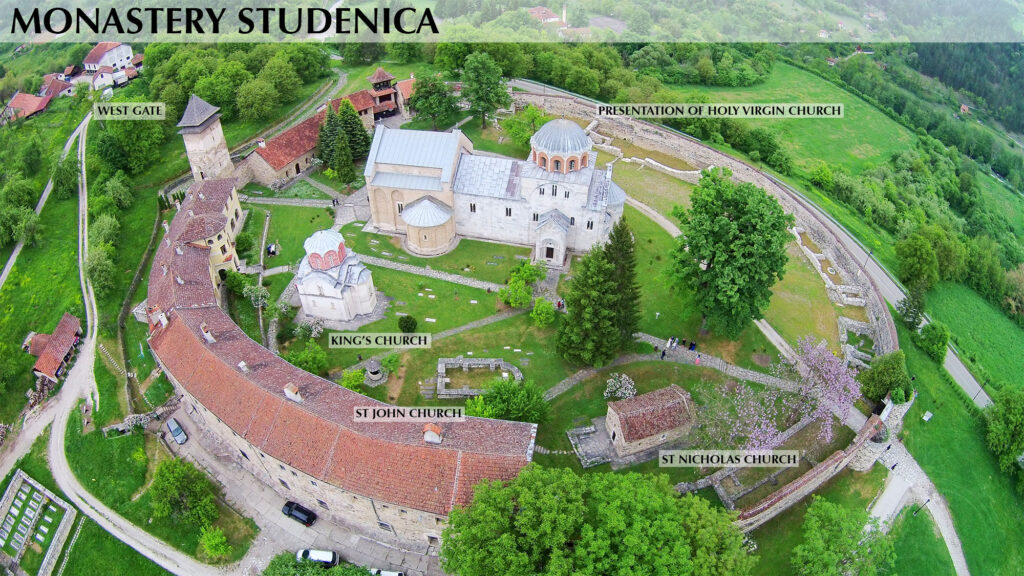Studenica Monastery: An Introduction to Serbia’s Architectural Treasure
Situated in the hills of central Serbia, the Studenica Monastery is an architectural masterpiece that has stood the test of time. Founded by Stefan Nemanja, the first King of Serbia, in the late 12th century, the site is revered for its peerless collection of Byzantine-style frescoes and its remarkable medieval design. This UNESCO World Heritage Site is a must-visit for anyone interested in Serbian history and culture.
History of Studenica Monastery
The Studenica Monastery was founded in 1190 by Stefan Nemanja, the founder of the Serbian Nemanjic Dynasty and first King of Serbia. As the most important monastery of the medieval Serbian state, it was the burial site of members of the royal family and the repository of its spiritual and cultural heritage. The site was also part of the Nemanjic’s political power centre, and it served as the main fortress of the Serbian church.
The monastery is divided into two parts: the Upper Monastery and the Lower Monastery. The Upper Monastery, which is also known as the Great Monastery, is the older of the two and is the main complex. The Lower Monastery, which is also known as the Small Monastery, was built in the 13th century and contains the tombs of the Nemanjic family.
Architecture of Studenica Monastery
The Studenica Monastery is a masterpiece of Byzantine-style architecture. It is made up of several churches, chapels, and residential buildings. The most impressive structure is the Church of the Virgin, which is the main church of the monastery. Built in the 13th century, the church is adorned with exquisite frescoes that depict scenes from the Bible and the life of Jesus.
The Church of the Virgin is also home to a number of important relics, including the relics of St. Sava, the first Archbishop of the Serbian Orthodox Church, and the relics of St. Stefan, the founder of the monastery. Other important structures in the monastery include the Church of the Blessed Virgin, the Chapel of St. Sava, and the Chapel of St. Stefan.
Visiting Studenica Monastery
The Studenica Monastery is open to visitors all year round. Visitors can explore the site on their own or take a guided tour, which is the best way to learn about the monastery’s history and architecture.
The monastery also hosts a number of cultural events, such as concerts and exhibitions. These events are held in the main courtyard of the monastery and are a great way to experience the culture and history of this remarkable site.
Conclusion
The Studenica Monastery is one of Serbia’s most important historical sites. Founded in the 12th century by Stefan Nemanja, the monastery is renowned for its Byzantine-style architecture and its exquisite frescoes. Whether you’re looking to explore the site on your own or take part in a cultural event, the Studenica Monastery is a must-visit destination in Serbia.

